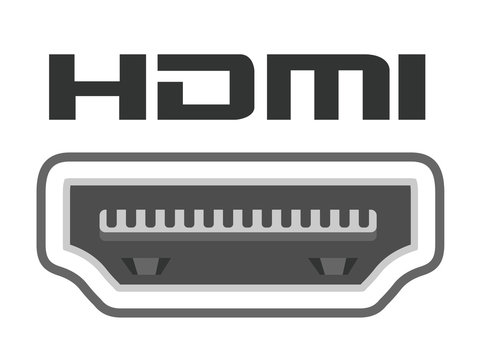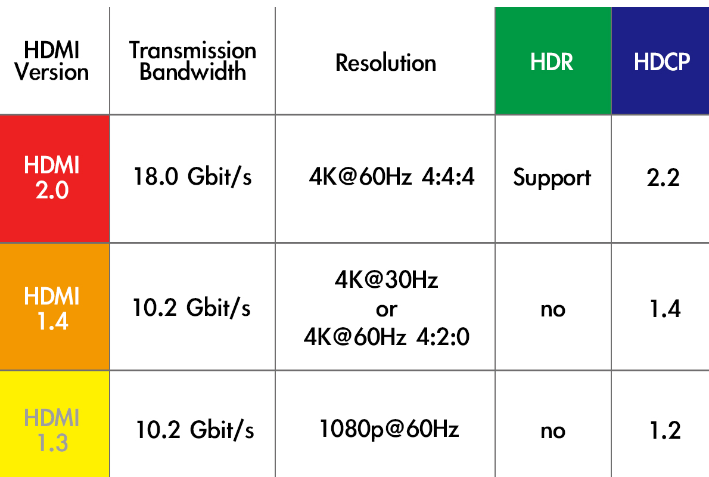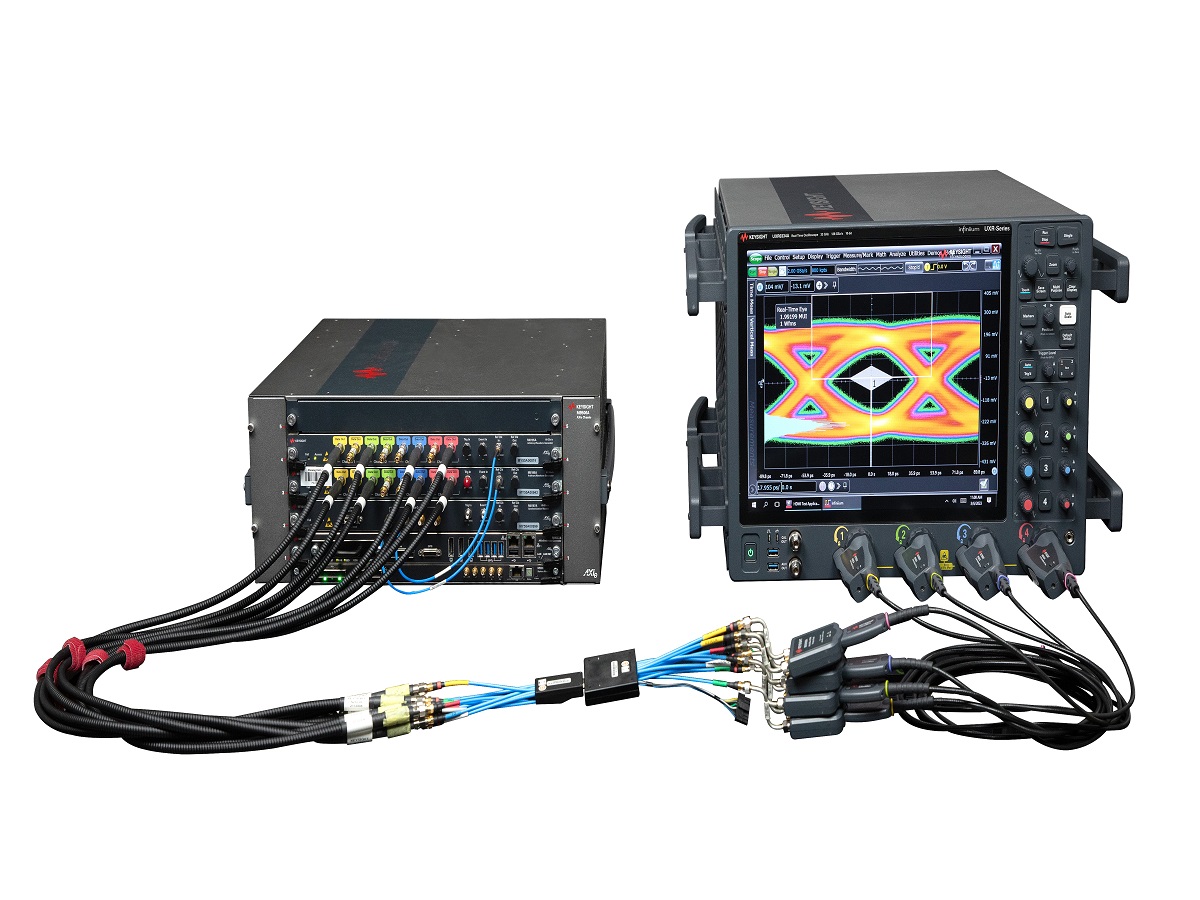
 HDMI Certification Test
HDMI Certification Test
About HDMI
HDMI(High Definition Multimedia Interface) is a fully digital image and sound transmission
interface for connecting various equipment, such as set-top boxes, DVD players, personal
computers, video game consoles, integrated amplifiers, digital audio and televisions, etc.
HDMI can transmit uncompressed audio and video signals at the same time, and the audio and
video signals use the same cable design, which greatly simplifies the difficulty of installing
system lines. Here are some specs about HDMI:

About HDMI LA
HDMI certification is managed by HDMI Licensing Administrator, Inc. (HDMI LA). HDMI LA is the
only organization that authorizes the HDMI specification and is responsible for managing the
licensing of the HDMI specification. As the designated authorized agent of HDMI Forum, Inc.,
HDMI LA is responsible for managing the authorization of HDMI version 2.1 specifications.
It is also the designated agent of HDMI Founders and is responsible for the authorization of
previous versions (such as 1.4b).
The Responsibility Of HDMI LA
- Manage the authorization of HDMI specifications to ensure that adopting manufacturers,
retailers and consumers can comply with relevant standards
- Promote and publicize HDMI technology, and provide education and training on the
advantages of HDMI interface
- Manage an anonymous reporting system to assist consumers Report non-compliant HDMI
products to ensure that only certified products exist in the HDMI ecosystem
- Through the management of HDMI LA, it can be ensured that HDMI products on the market
comply with standards and have high quality and compatibility.
- The work of HDMI LA helps protect the rights and interests of consumers and ensure that the
HDMI products purchased can operate normally and Provide high-quality audio and video
experience
HDMI 2.1 Certification Test

Source
Link Training Procedure
The Source must first read the EDID of the Sink (the EDID is a storage space with an I2C address
of 0xA0/0xA1 and a length of 256 bytes, including information such as the resolution and
maximum rate supported by the Sink). Then, the Source will output the corresponding video
according to the resolution and rate supported by the Sink signal. In other words, the Source
cannot output a resolution or rate that the Sink does not support.
Bandwidth Caps No Longer Block Transmissions
Source can transmit. If the Sink declares support for a higher video bandwidth (Max_TMDS_
Character_Rate), the Source must declare a higher Max_TMDS_Clock accordingly to ensure
compatibility
Repeater Function
Some Sink products also have a Repeater function, which can transmit the received signal to the
downstream Sink. However, the Repeater's output must conform to the Source's specifications,
otherwise it may cause compatibility issues
Sink
FRL Test
The biggest change in HDMI 2.1 is the new FRL (Fixed Rate Link) transmission mode, which
replaces the old TMDS mode. FRL can increase the bandwidth to 48G to support 8K video. FRL
signals need to communicate through Link Training before transmission, so the Electrical test
of FRL is more complicated.
EDID Test
The EDID content of the Sink affects the upper limit of the video bandwidth that the Source can
transmit. The EDID of the sink must comply with the SPEC specification, and when supporting
4K@30/25/24/24 (SMPTE), the VIC (Video Identification Code) must be correctly declared.
HDMI Certification Flow
Step1 Become A Member Of HDMI Association
First, manufacturers need to be members of the HDMI Association. This is the first step in achieving
HDMI certification, and manufacturers can maintain membership by visiting the HDMI Association's
official website and paying a membership fee.
Step2 Submit Product Samples For Testing
Users need to sign and submit a one-year HDMI Compliance Testing Agreement. At the same time,
they need to fill in the order application form of HDMI ATC (HDMI Certification Test Center) and fill
in the HDMI user number in the application form to verify product samples and related auxiliary
equipment (such as signal generators) also need to be submitted to HDMI ATC, and attached with
the user manual
Step3 Peform Compliance Test
The product under test (DUT, Device Under Test) will undergo a series of tests to ensure that it
complies with HDMI specifications. These tests include performance, compatibility and other
related item
Step4 Test Results & Certificate
If the sample to be tested passes the test, HDMI ATC will issue a test result table to the user. At the
same time, ATC will issue a Confirmation Certification to the user, indicating that the sample to be
tested in the test application has passed the compatibility test.
Contact PAL
If you have related test demands, please feel free to contact with PAL!
service@pal-labs.com.tw
